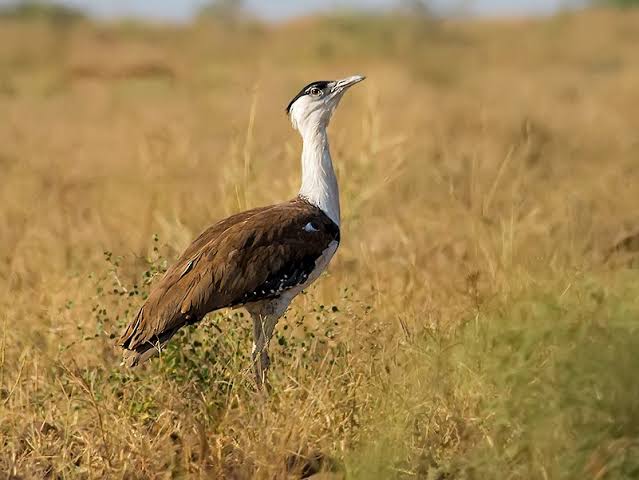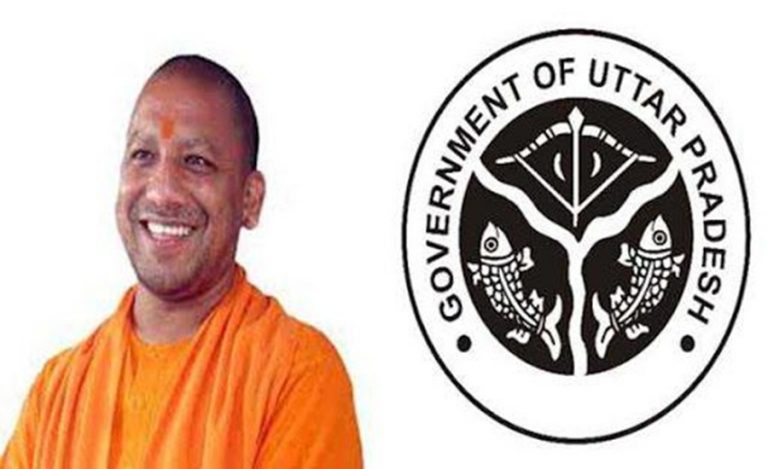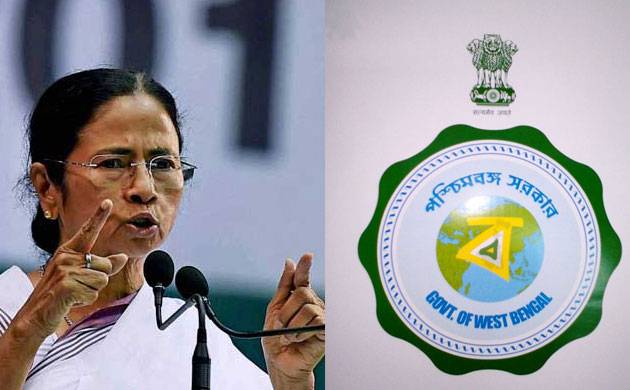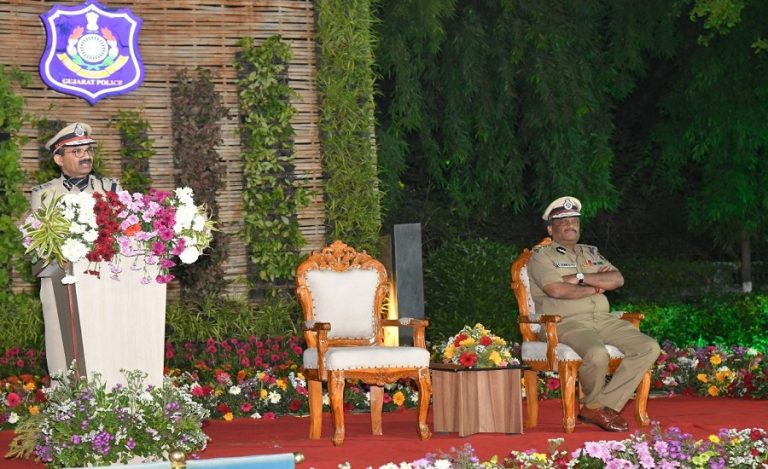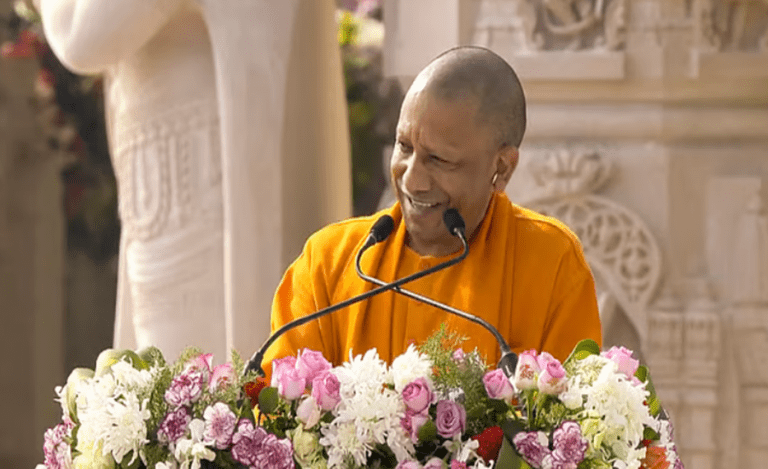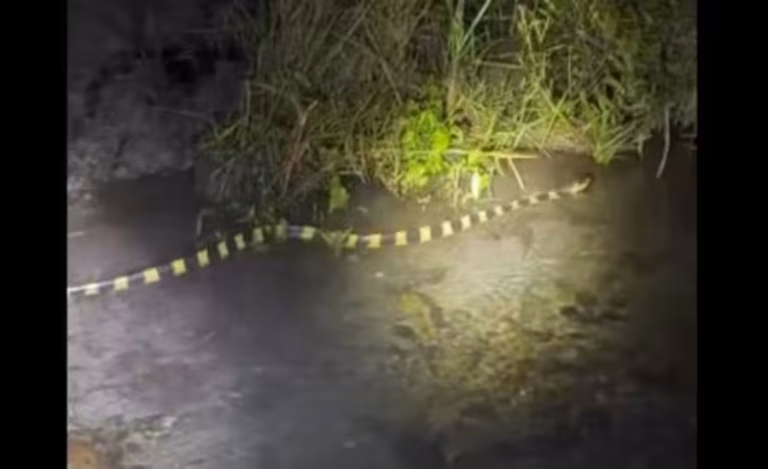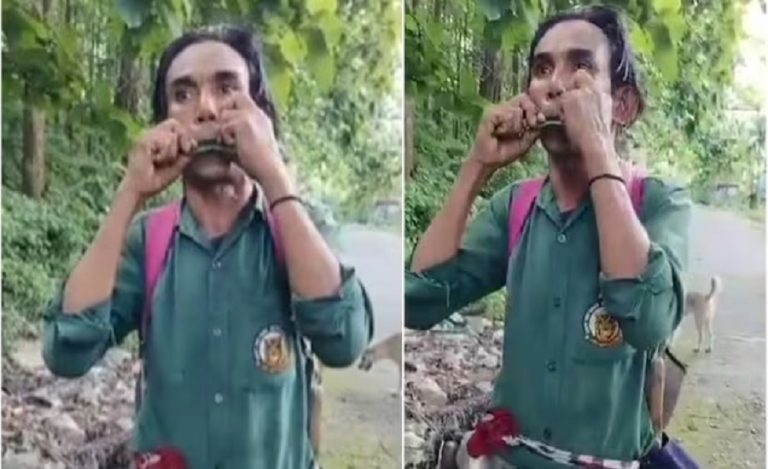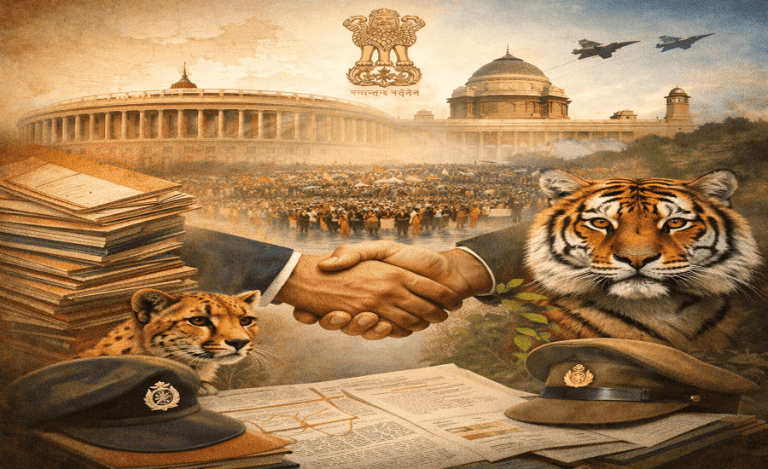In a groundbreaking conservation milestone, India has become the first country in the world to successfully breed the critically endangered Great Indian Bustard (GIB) through artificial insemination. The latest success came on April 17, when the third GIB chick hatched at the Desert National Park in Jaisalmer, Rajasthan.
This remarkable achievement is part of the Great Indian Bustard Recovery Programme, led by the Wildlife Institute of India (WII). The technology and training for artificial breeding were provided by the Abu Dhabi-based International Fund for Houbara Conservation, equipping Indian scientists with crucial expertise to save the species from the brink of extinction.
“This is not just a scientific success, but a historic conservation milestone,” said Dr. Suthirto Dutta, WII senior scientist and coordinator of the project at the Jaisalmer Bustard Breeding Centre. “It proves that artificial breeding can be a viable tool to revive a species that is perilously close to vanishing.”
Third Chick, A Symbol of Hope
The chick, now the 11th born in 2025 under the programme, hatched from an egg laid on March 26 by a four-year-old female nicknamed ‘Sharky’, who was artificially inseminated on March 20 using semen from a male called ‘Suda’ from the Ramdevra Centre. The procedure involved meticulous collection of male sperm, followed by insemination and careful incubation.
Experts have confirmed that the chick is in vigorous health, further validating the effectiveness of the breeding techniques developed by WII scientists.
Tally Reaches 55 in National Programme
With this new addition, the total number of bustards under the national conservation breeding programme has reached 55. The success comes at a time when the Great Indian Bustard, a Schedule I species under the Wildlife Protection Act, 1972, has fewer than 150 individuals left in the wild.
This artificial breeding success gives new hope to the species’ survival, as efforts to conserve its fragile habitat continue in parallel. Scientists believe this marks a turning point in the use of technology in avian conservation, especially for large ground birds like the GIB.
A Global First in Avian Conservation
The artificial breeding of the Great Indian Bustard positions India as a global pioneer in using assisted reproductive technology for saving endangered birds. The collaborative efforts between Indian institutions and international conservation bodies underscore the importance of cross-border knowledge sharing in tackling the biodiversity crisis.
As the world watches, India’s feathered giant of the grasslands gets a second chance at survival — one chick at a time.

